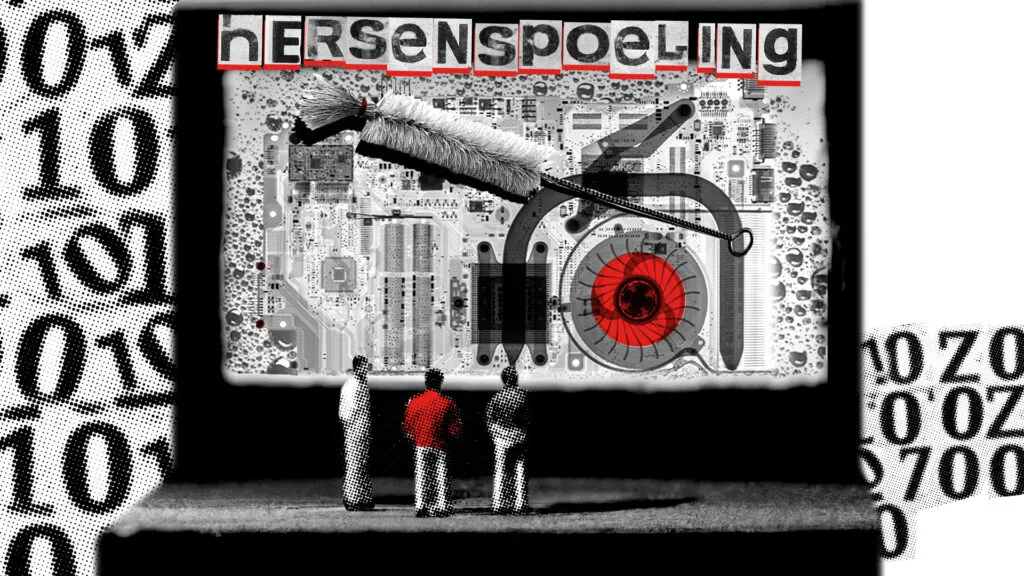For Librecast we set out to showcase several sovereign pan-European media distribution cases in Europe. What we found however is that many organisations still struggle to apply any alternatives to big tech platforms. We have nevertheless found many initiatives and organisations that seek to exercise positive change. That is why we opted to take a more birds-eye view & integrated approach to uncover how organisations and initiatives across Europe seek to contribute to sovereign media distribution, and what is needed to move towards more sovereignty. In this way, our highlighted cases should be seen as an inventory or knowledge library, to aid in answering the question: what is needed to create a media environment in Europe in which media organisations can exercise more sovereignty in digital media distribution?
What we found, is that there are three ways in which organisations and initiatives are approaching this: technologically, politically and organisationally. On top of that, organisations may take different approaches for the transition away from Big Tech and towards sovereign media distribution. Thus we look at this from four different affordances with adjacent stakeholders;
- Technological affordances: what technologies and digital infrastructures are needed to be able to exercise more sovereignty? Here we look at initiatives that e.g. set up platform initiatives.
- Policy affordances: what policy proposals are needed to ensure more sovereignty in our media landscape? Here we look at projects aimed at policy change.
- Organisational affordances: what organisational components can media organisations adopt to operate more independently from Big Tech? Here we look at media organisations themselves (inwards).
- Transition affordances: what strategies can media organisations deploy to change towards sovereign media distribution? Here we look at media organisations themselves (outwards).
In this database we go more in depth into all our case studies and inventory. Based on our knowledge inventory, we can state that all three are necessary to develop more sovereignty in our media landscape. More specifically we can formulate the following about the three different affordances:
Technological affordances:
- apply open standards as the foundation for the decentralised internet, while maintaining multiple compatible implementations working for interoperability. (Petites Singularités, Exit Platforms)
- embrace decentralised network protocols such as the Fediverse, which includes Mastodon, Peertube, Pixelfed and other servers that thousands of organisations have set up to establish a shared social network (Bonfire, ECB 2.0, Framasoft)
- tools for conviviality are modular, replicable, networked and free/libre/open source and put the community in the centre, without data extraction and surveillance models (Bonfire)
- for tools that are truly empowering, focus on a distributed governance model that allows users and their community to set it up according to their will, instead of creating a centralised governance, (Bonfire)
- use tools against misinformation (Bonfire) and to facilitate factchecking (Beabee/Correctiv)
Policy affordances:
- Apply the public values that we take for granted in physical public spaces also to Digital Public Spaces (Beyond the Now)
- Individual autonomy and free choice of software to work with must now be combined with a collective commitment to free software and Shared Digital Public Spaces (Petites Singularités, Exit Platforms)
- It is vital that free software and open source developers have a strong representation in standards bodies like the IETF, W3C, etc (Petites Singularités)
- Invest in free-as-in-freedom software i.e. open source that builds on the needs of real world communities instead of mimicking proprietary BigTech platforms (Petites Singularités)
- stop funding the advertising tech (adtech) industry and develop personalisation algorithms based on public values (BBC R&D)
- Fund a network of tech incubators and fundersthat work basedon public values and adjust the funding criteria of existing funds to include public values (Exit Platforms)
- Promote business models with workers as well as users/consumers in their governance, like in platform cooperatives or online cooperatives (Exit Platforms)
- In order to overcome vendor lock-in and market concentration by Big Tech, the European Union should do more than demanding interoperability from big platforms but also encourage creative alternatives that assure equal opportunities – a level playing field – for European digital spaces (Exit Platforms)
Organisational affordances:
- share media under open content, free and/or copyleft licenses, facilitating republication and reuse, encouraging larger impact and a more attractive value proposition to diverse audiences. (ECB 2.0, Artway of Thinking)
- make and share technical and educational materials to encourage replication (Beabee)
- share policies on content moderation between likeminded organisations to make moderation a shared and thus lighter task (ECB 2.0)
- be transparant about the technology, about the provenance of content, its funding and about user data (Beabee/Correctiv)
- improve the protection of privacy where possible with reducing the need for storing data: data minimisation (VPRO)
- apply business models that combine freely accessible content with subscriber or membership fees and donations by readers and crowdfunding (Beabee)
- use methodologies that empower collaboration, like in crowd newsrooms, offering communication channels with both anonymous and identified participants (Beabee/Correctiv)
Transition affordances:
- change isn’t easy and requires serious commitment; it means learning new ways to engage with each other, (BNNVara, VPRO)
- increase awareness: for a transition to start it is important that collectives and organisations are aware of the problems with the current dominant tech platforms and reconfirm their commitment to public values and sovereignty (Framasoft, CultuurConnect)
- make an inventory of existing tools that are between you and your audience, the “public-facing” tools (VPRO, BNNVara)
- compare each tool of the list with the key values you are committed to, such as sovereignty, transparency, openness, accountability, privacy and user centredness (VPRO, BNNVara)
- make a roadmap or transition plan; consider existing alternatives and plan for change (VPRO, BNNVara)
- with social media, deploy a POSSE strategy: Publish Online on your Site, Syndicate Elsewhere. This may be a hybrid strategy where you combine presence in BigTech social networks with decentralised open social networks. Publish exclusive content in the latter, thereby encouraging your audience to move to the sovereign network (PublicSpaces)


